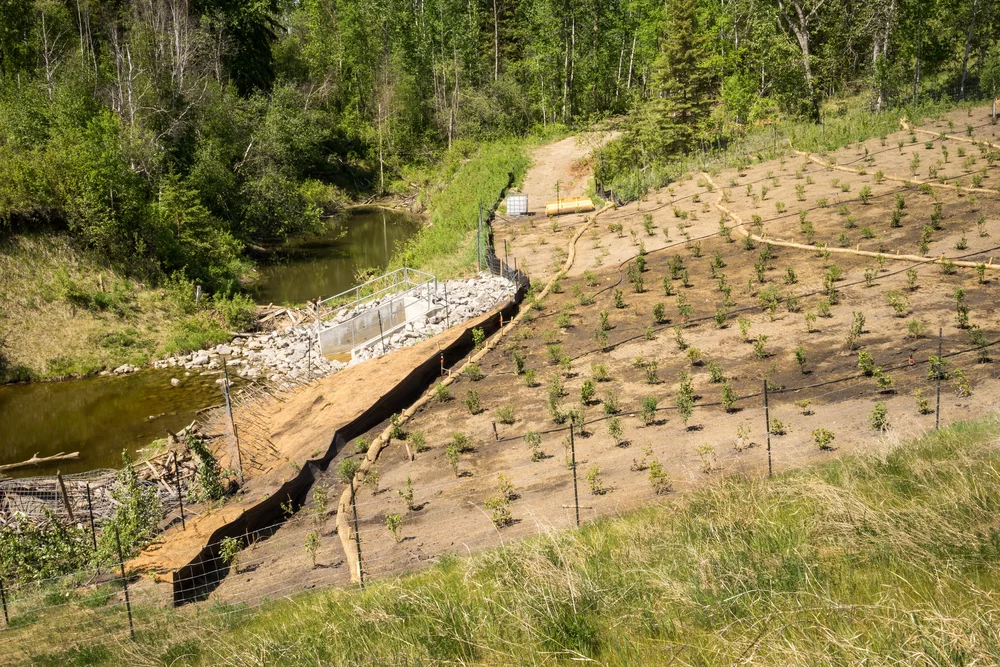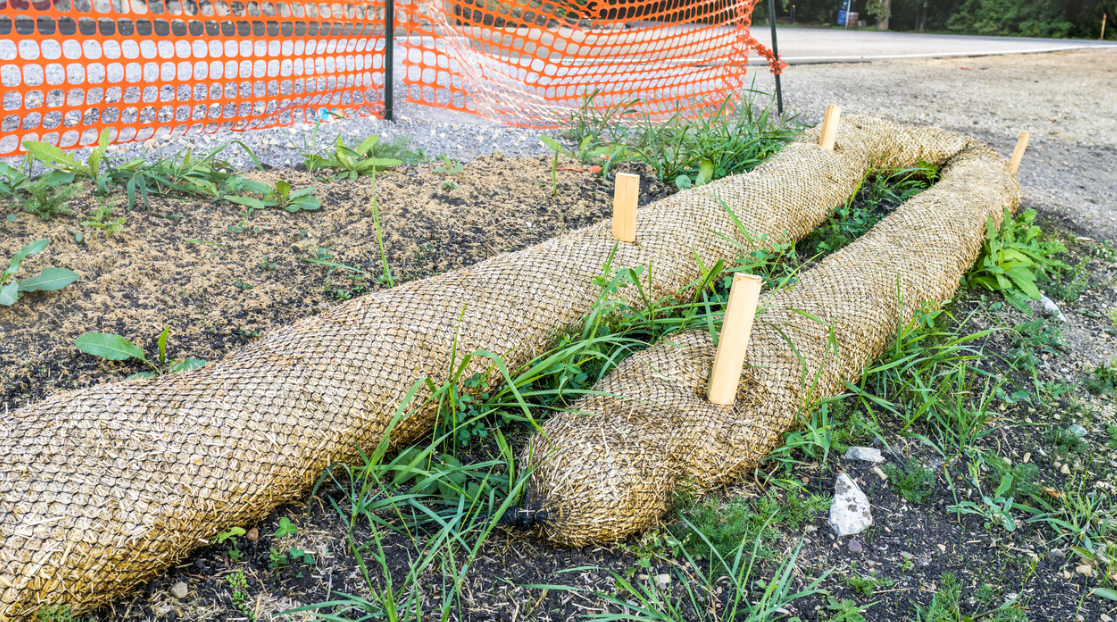Trusted Erosion Control: Memphis Erosion Control Solutions erosion control company
Wiki Article
Best Practices for Disintegration Control in Building And Construction Projects
Are you working with a construction project and concerned about erosion control? Look no more! In this post, we will certainly guide you through the very best techniques for preventing disintegration on your website. You'll uncover 5 crucial techniques, reliable debris and runoff administration strategies, essential factors to consider for slope stabilization, and pointers for protecting vegetation and soil. We'll additionally look into the importance of applying proper drain systems. Prepare to take on disintegration head-on and make certain the success of your building and construction task.5 Crucial Erosion Control Methods

To properly manage disintegration on your building and construction site, you'll need to execute crucial methods such as incline stabilization and debris control measures. Slope stabilization is vital in stopping soil erosion on high inclines. One more effective technique is the use of disintegration control coverings or floor coverings, which are placed on the incline and help retain soil particles while permitting plant life to expand.
Reliable Debris and Drainage Administration

You can properly take care of debris and runoff in your construction task by carrying out correct disintegration control actions. Debris and runoff administration is vital to stop disintegration and shield the surrounding setting. One reliable measure is the installment of silt fencings along the border of the construction site. These fences help to include sediment and stop it from going into close-by water bodies. One more essential practice is the implementation of disintegration control coverings or floor coverings. These blankets offer a protective layer on bare dirt, minimizing the influence of rainfall and avoiding erosion. In addition, making use of debris containers or debris catches can assist to record debris and prevent it from entering stormwater systems. Normal upkeep of these procedures is important to guarantee their efficiency throughout the building project. This consists of cleaning up and inspecting debris basins and frequently replacing silt fencings and erosion control coverings as needed. By executing these disintegration control measures, you can properly handle debris and overflow in your building project, decreasing the effect on the environment and abiding by governing demands.
Trick Considerations for Slope Stablizing
You require to carefully take a look at the slope's qualities, such as its angle, structure, and drain patterns. Look for indicators of disintegration, such as subjected roots, cracks, or slumping soil.Another alternative is to plant plants on the slope, as the roots can assist anchor the dirt and control erosion. important source In addition, mounting erosion control coverings or mats can give instant protection while plant life ends up being established.
It's critical to on a regular basis monitor the maintained slopes to guarantee their effectiveness. Maintain an eye out for any indications of movement or erosion, and take prompt action if needed. Normal upkeep, such as inspecting and repairing any kind of broken steps, is additionally important to make sure lasting stability.
Finest Practices for Plant Life and Dirt Protection
One efficient way lawn installation to secure vegetation and soil on inclines is by frequently examining for indications of disintegration and taking immediate action if essential. Begin by inspecting the slope for any kind of indications of erosion, such as subjected origins, bare soil spots, or debris build-up at the base. Implement erosion control procedures such as mounting disintegration control blankets, mulching, or even creating retaining walls if required.Applying Appropriate Drain Equipments
When it comes to managing water flow and stopping disintegration, understanding these elements is crucial. Steeper inclines can lead to quicker water circulation, increasing the risk of disintegration and flooding. On the various other hand, gentler inclines enable water to move much more gradually, decreasing disintegration potential.Sandy dirts often tend to drain pipes faster due to their rugged structure, while clay soils have a slower drainage rate due to their small nature. Furthermore, taking into consideration the soil attributes aids protect against waterlogging, which can lead to inadequate plant growth and damage to structures.
Final Thought
In verdict, when it comes to disintegration control in building jobs, you have to adhere to these best practices. Think about incline stablizing approaches to guarantee the stability of the site. By following these vital practices, you can successfully manage disintegration and ensure the success of your building job.To successfully manage erosion on your building site, you'll need to implement important methods such as incline stabilization and sediment control measures. Slope stabilization is important in avoiding soil disintegration on steep slopes. Another effective method is the usage of erosion control blankets or mats, which are positioned on the incline and help keep Read Full Report dirt fragments while enabling greenery to grow. Another alternative is to grow greenery on the slope, as the origins can assist anchor the dirt and control disintegration. Implement disintegration control steps such as setting up disintegration control coverings, mulching, or also constructing preserving wall surfaces if required.
Report this wiki page